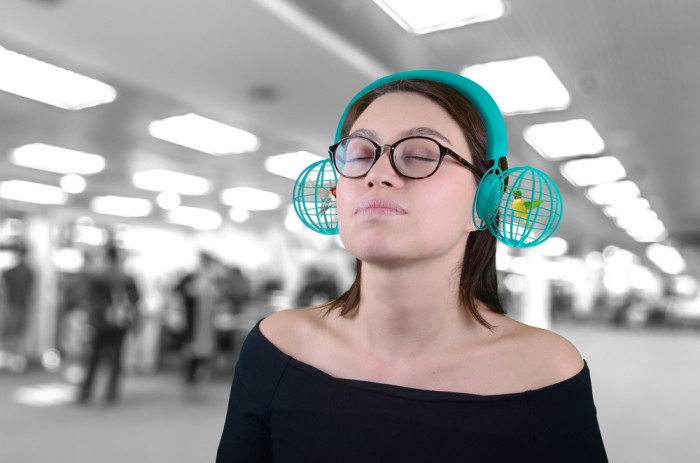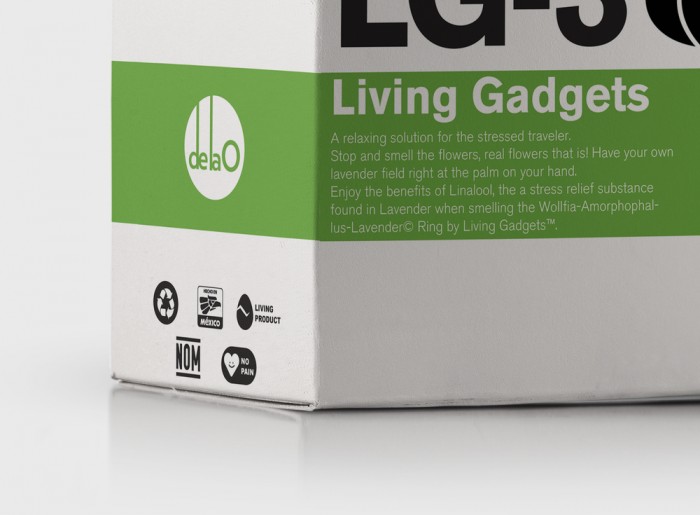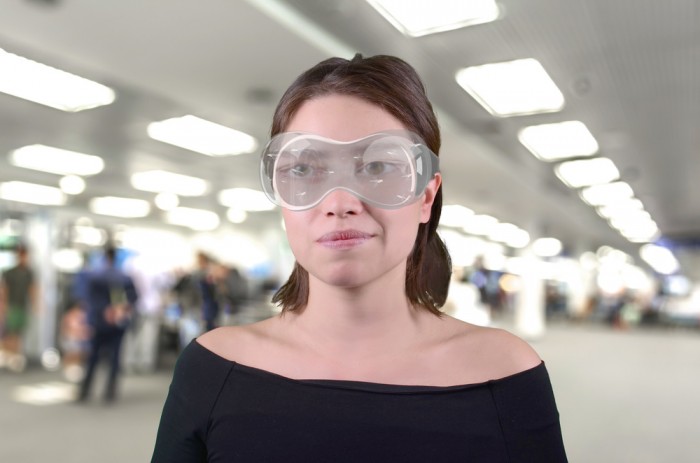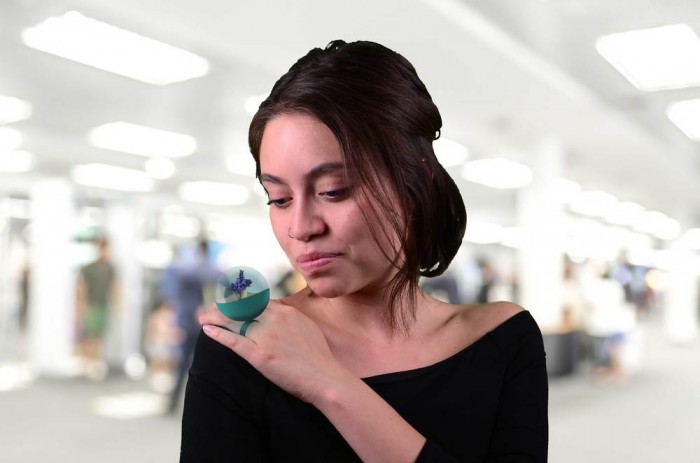The term “genetically modified organisms” often conjures images of mad scientists and cartoonish laboratory experiments that have gone wrong. In reality, GMO’s are created when a gene from one organism is transferred to another organism to improve or change that organism.
Food production, agriculture, nature conservation and above all, modern medicine, owe a great deal to the school of genetic engineering. And now Mexico City’s Studio José de la O is venturing into this realm with a futuristic investigation: What if simple lifeforms could be modified to fulfil a role of replaceable utility? Put plainly, imagine a world where we could be using a “living” organism as a watch, a ring or even headphones.
The advancement of science often requires the temporary suspension of ethics. José de la O Campos explains that when human feelings are removed from the equation, researchers are free to theorise controversial solutions according to whatever the market asks for without obstruction.
“If scientific discoveries and engineering innovations are driven more on market fulfilment rather than ethics, it is super interesting to speculate all the possibilities that this could bring to a market for us to be part of.
We, as consumers, are very spoiled in the sense that we accept anything that could give us comfort without questioning where it comes from or what would be the impact on our environment, and that’s why we wanted to provoke with these kinds of ideas,” he says.
The Living Gadgets project was started by Fernanda Lavin, a designer of Studio José de la O. It was part of the company’s Project Friday initiative in which all collaborators are urged to think of interesting and experimental subjects to research at the end of the working week. Being a frequent flyer, Lavin decided to explore her own hectic travel schedule. She thought it would be interesting to investigate the stress of long-haul journeys and airport thoroughfare, asking the question: What kind of products would alleviate the anxiety of modern travel?
“Giving it the “speculative” twist was a way for us to make this project more interesting,” explains de la O Campos.
Living Gadgets puts forth three theoretical solutions. Each design contains a genetically modified organism to activate a different human sense. The Humming Canary Headphones stimulate hearing and contain minuscule singing canaries. The LG-2, a tiny aquarium/visor, provides relaxation for the eyes with infinitesimal Paeodcupris-Siamese fish. LG-3 is a wearable ring that contains an ‘Amorphophallus-Lavender’ flower combination that releases a pleasant fragrance.
By nature of conjecture, Living Gadgets speculates how the meaning of living creatures can be altered if they can be used as dispensable, functional design components. Nature itself is deployed in service of consumer convenience.
“If a living being has a nervous system that is so simple that it cannot process pain, what would be the difference between it and let’s say, a circuit board? Simplistically speaking, these types of living beings (as the ones we propose for Living Gadgets) are basically organic artefacts programmed to do simple tasks.
Should they be disposed exactly like an electronic component or should they be treated differently because they were alive?” de la O Campos questions.
De la O Campos’ organisms would have elementary nervous systems that are no more complex than a basic microchip. Beings of such simple anatomy would be incapable of feeling pain or cognitive stress, knowing only the performance of their basic function
He describes the freedom of creativity that exist in the hypothetical realm without being tethered to the science necessary to make innovation possible. He says, “Scientists want to know how things work. Designers want to create using those things. That was the premise [of] where this project started: We took a problem (stress while travelling [via] airports) and tried to solve it as if these GMOs existed in the same way any material does, like wood or plastic or whatever.
“What is more interesting for us is to think of the whole infrastructure needed for this type of products to exist. How [would you] dispose of a new type of organic waste? Perhaps a whole new system has to be created for this to happen.
That’s why we went as far as to design the packaging and thinking of how legal stuff would look like because for us it is important to think of how the user would interact with every aspect of this hypothetical product.”









